
Biochar in New York State: Benefits and Challenges Moving Forward
Biochar in New York State: Benefits and Challenges Moving Forward

Big Box Biochar
Learn how Utah State University Forestry Extension is making big box biochar in the Intermountain West. By using low-value waste wood, our team is…
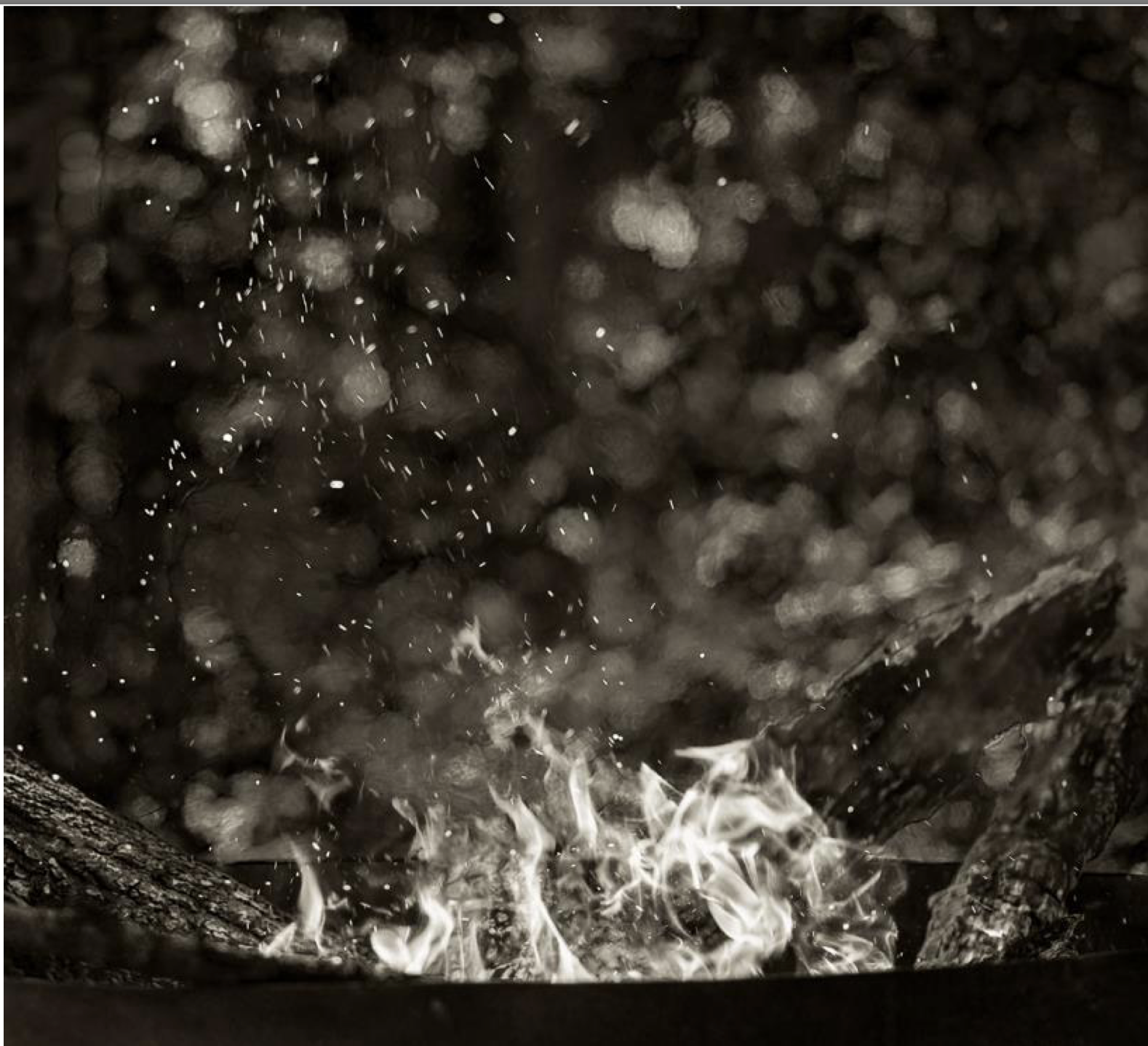
Northwest Natural - Biochar and Biofuels
NNRG is a think-learn-and-do tank of ecological forestry.
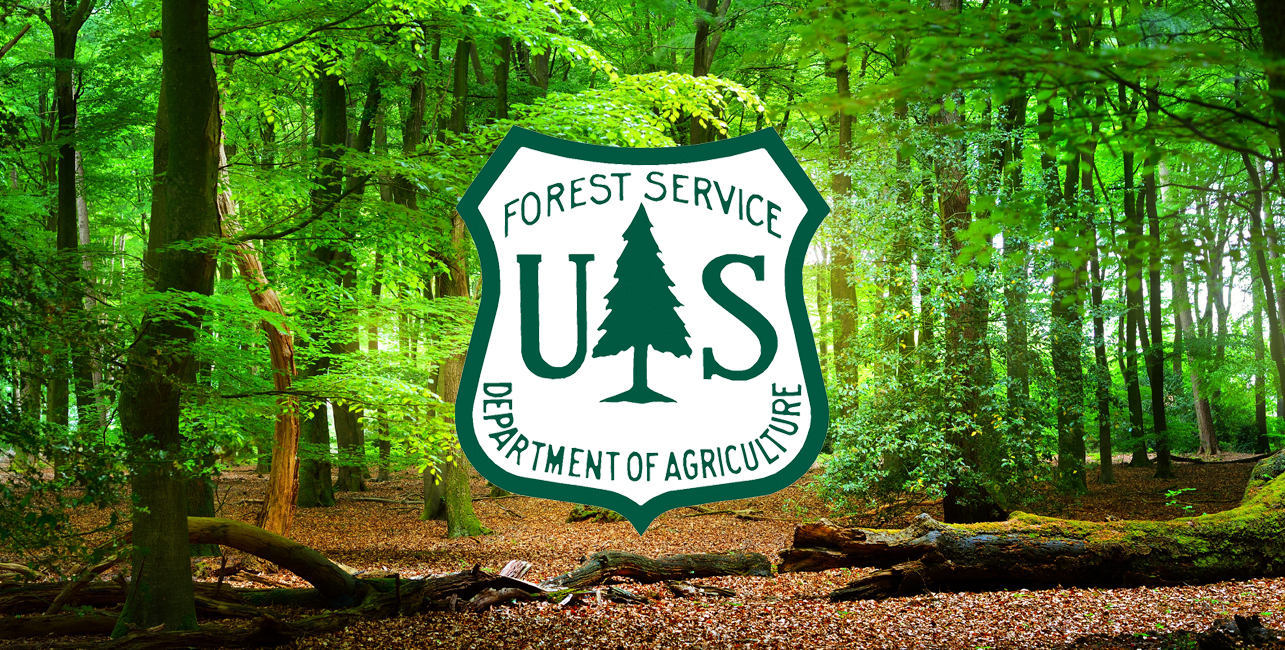
US Forest Service Biochar Webinar Series
Visit this site for upcoming and archived US Forest Service webinars on biochar. Past w
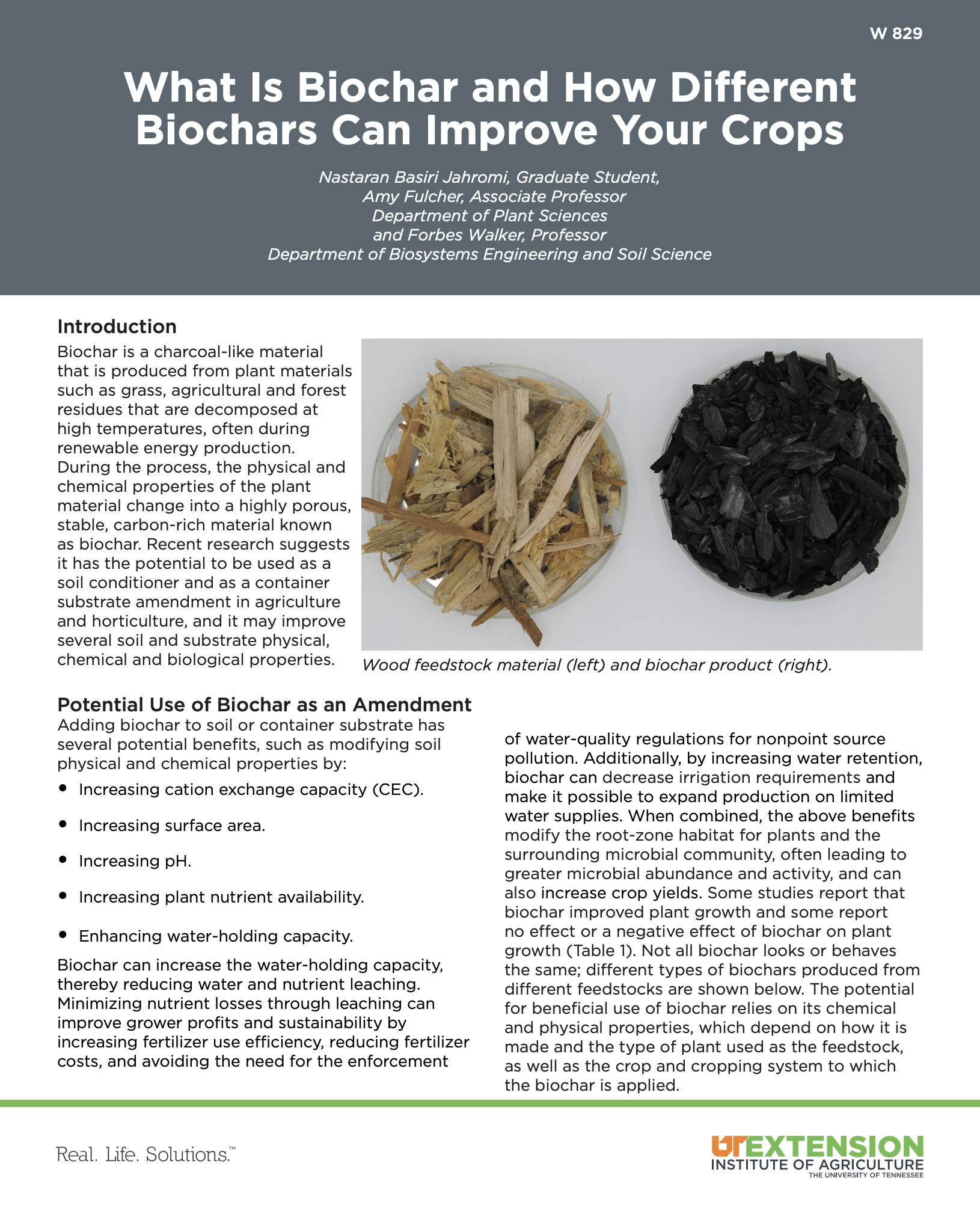
What Is Biochar and How Diferent Biochars Can Improve Your Crops
This basic introductory fact sheet on biochar from the University of Tennessee covers the following topics: Potential Use of Biochar as an Amendment;…
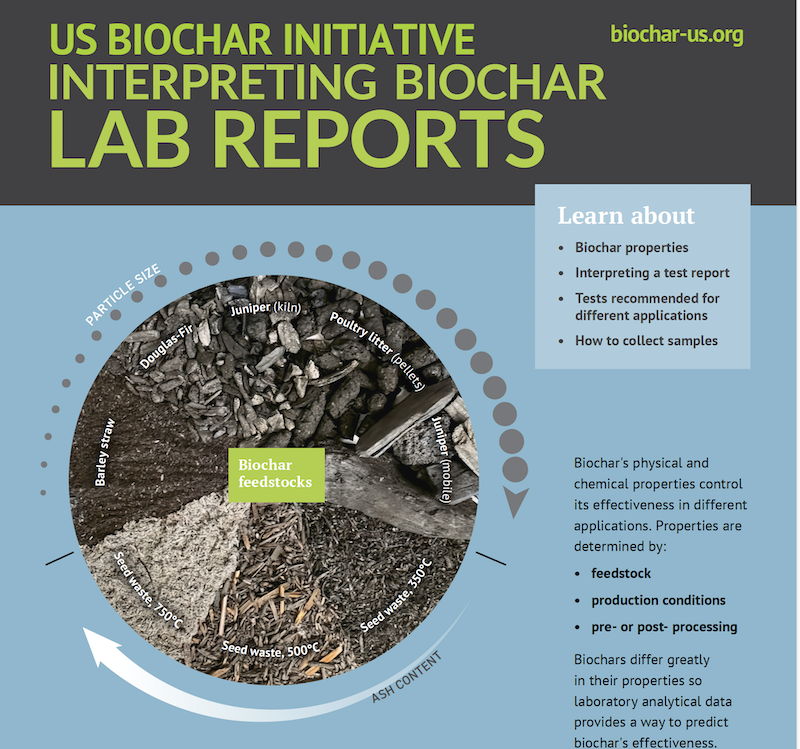
Interpreting Biochar Lab Reports
Biochar's physical and chemical properties control its effectiveness in different applications. Properties are determined by: * Feedstock *…
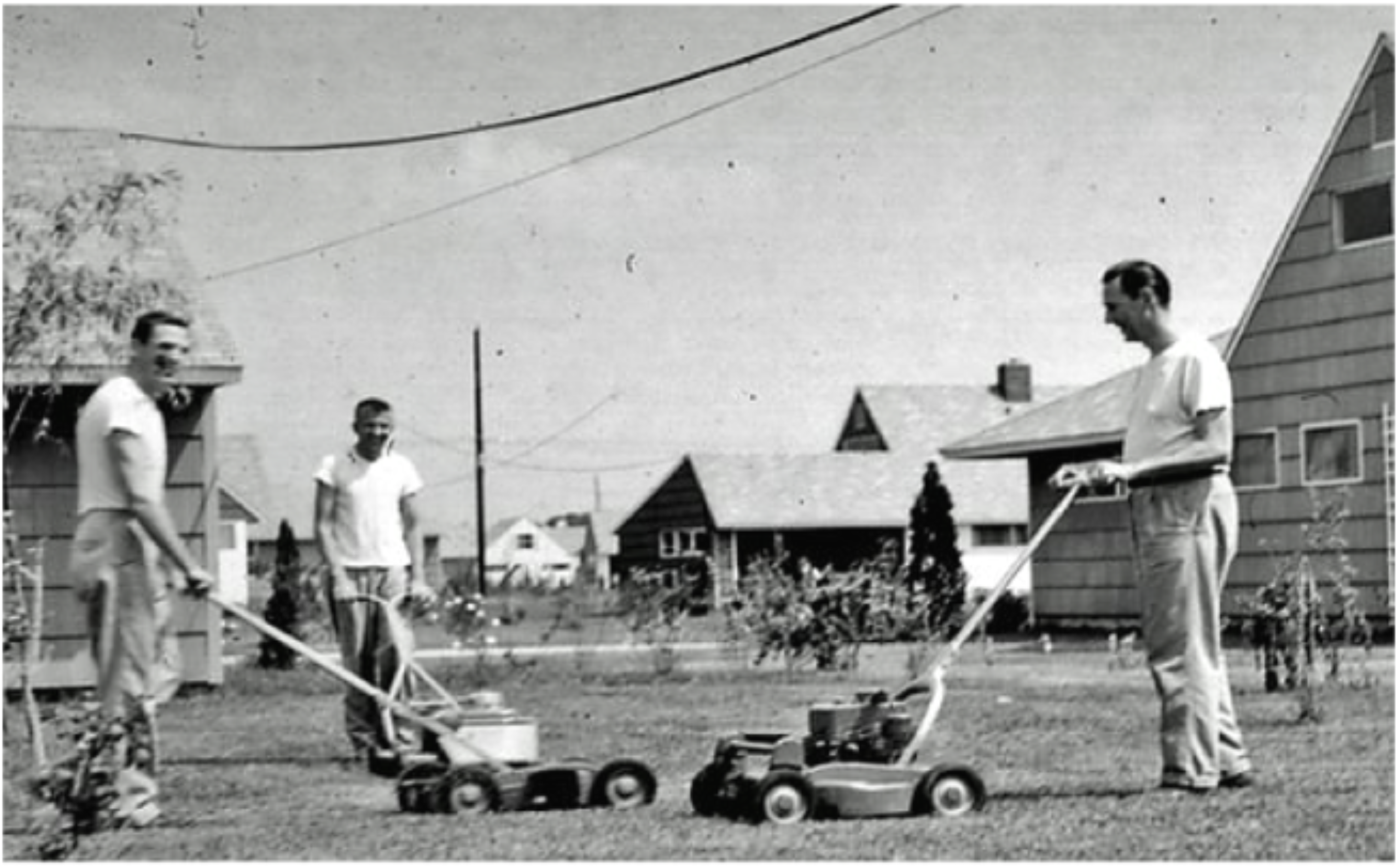
“Let the Green, Save Green” Urban Soil Restoration: Helping Communities Meet Stormwater Management Requirements
In the US, lawns are the largest agricultural crop at approximately 40 million acres and growing. These acres can act as green infrastructure…
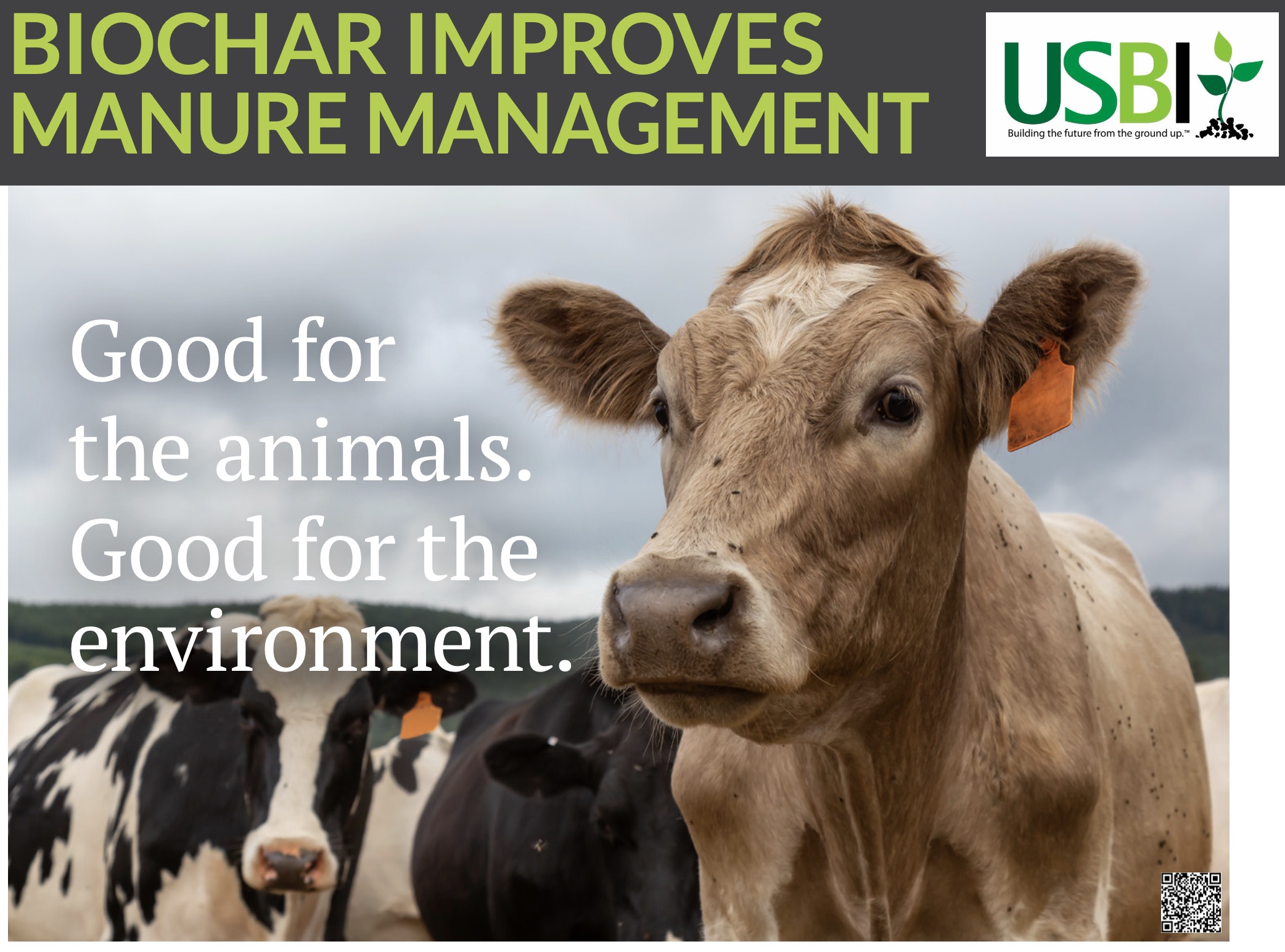
Biochar Improves Manure Management
Fact Sheet: Biochar Improves Manure ManagementBiochar in manure management is good for the animals. Good for the environment.
